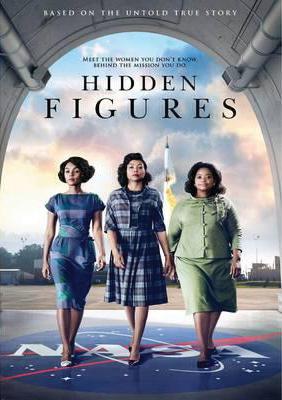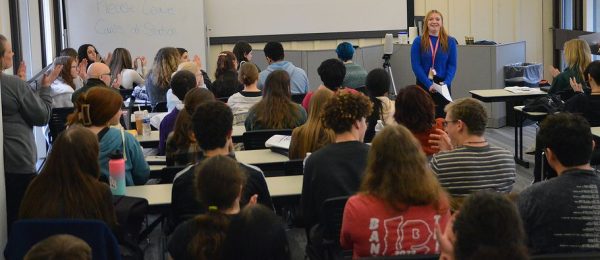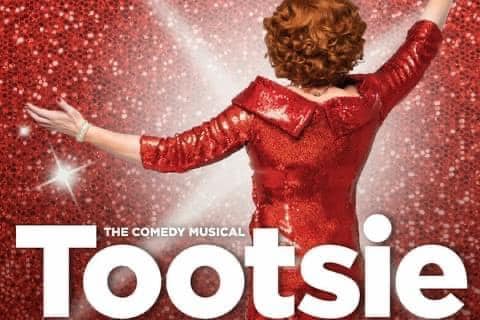Untold stories of NASA computers take over big screen

January 26, 2017
If there’s one word to describe this movie it’s subtlety. “Hidden Figures” has a whole platter of powerful words to define it, but subtlety sticks the most. Based on a true story, directed by Theodore Melfi and based on the book by Margot Lee Shetterly, the film revolves around three African-American women that take on NASA and break boundaries for the sake of their race, gender, and themselves.
Taraji Hensen plays the quiet but highly intelligent Katherine Gobles Johnson who gets reassigned from the West Area of the Langley campus, where African American women known as “computers” worked for NASA, to be a mathematician for the Space Task Group in its race to beat Russia in putting a man in space. The group consisted strictly of white male engineers that figured out the math to get to space, and Gobles was the only woman and African American on the staff, apart from the secretary. Her two friends, Dorothy Vaughan (Octavia Spencer) and Mary Jackson (Janelle Monáe), both fight battles of their own in NASA to gain respect from their peers.
Vaughan fought to be a supervisor of her team of woman African American computers, and taught them how to read the computer programing code Fortran. Since new technologies were taking away their jobs, Vaughan knew the best way to keep her team on the payroll was to teach herself and them how to work the new IBM computing machines.
Jackson, on the other hand, wanted to become an engineer for NASA, but her skin color and gender prevented it at every turn. She blamed the company for “moving the finish line” every time she thought she had the credentials to apply. After they changed the education requirement, she needed a judge to allow her to take extra classes at a local segregated high school, even after schools nationwide were desegregated.
The great thing about this movie was how it demonstrated civil rights. It showed that there was a horrible problem in the country, but these three women, with their supportive husbands or boyfriend, children, and other family members, had the poise and restraint not to cause a scene whenever a white coworker belittled them. Infuriatingly, they knew their place, but they also pushed boundaries to prove their worth.
Every day, Gobles had to run from her desk in the Space Task Group to the West Area to use the “colored only” restroom. It wasn’t until her boss confronted her about rarely being at her desk that she did finally blow up on him that nobody respected her, that her coworkers didn’t want to share coffee with her so much that they got her a “colored” coffee pot, and that he enforced such a strict dress code when she couldn’t even afford the only piece of jewelry she was allowed to wear. Even then, she was upset with society, not her boss. She was upset that women of color were never taken seriously, even when she single handedly solved the equation to bring an astronaut back to Earth safely.
These women loved their jobs. It was their coworkers that frustrated them because they prevented the women from advancing and creating a stronger space program because of their prejudice.
Fortunately, their talents didn’t go unnoticed. Gobles’ boss destroyed the “Colored Bathroom” sign, exclaiming “Here at NASA we all pee the same color!” Jackson’s boss encouraged her every step of the way to dream big, fight to be in the classroom and, eventually, to be an engineer. Vaughan caught the attention of the IBM engineers when she could get the computer running after they couldn’t, and they asked for her specifically.
The movie empowers both minorities and women through the perseverance and maturity of the highly intelligent and hard working women of the NASA program. It will move any viewer through the small comedic moments and the monumental moments that made history.












